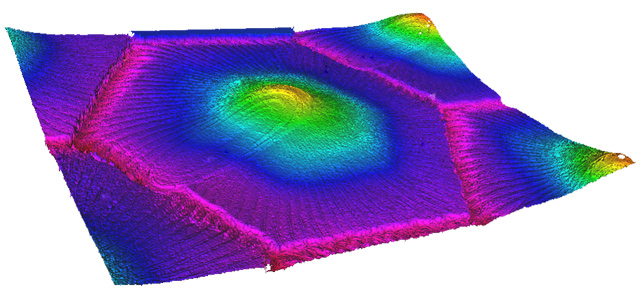Materials

The materials development group represents an interdisciplinary team, working on the alloy development as well as the optimisation of production and processing technologies of high performance metallic materials. The objectives of our activities are the characterisation, understanding and modelling of the relationships between microstructure and mechanical properties in order to design new alloys exhibiting optimal properties with regards to service conditions. Of special interests are materials, providing high strength and/or toughness for applications under extreme conditions (e.g. high temperature applications). Most advanced experimental characterisation techniques are applied together with new sophisticated modelling tools, in order to characterize the mechanical and structural properties.
related links
